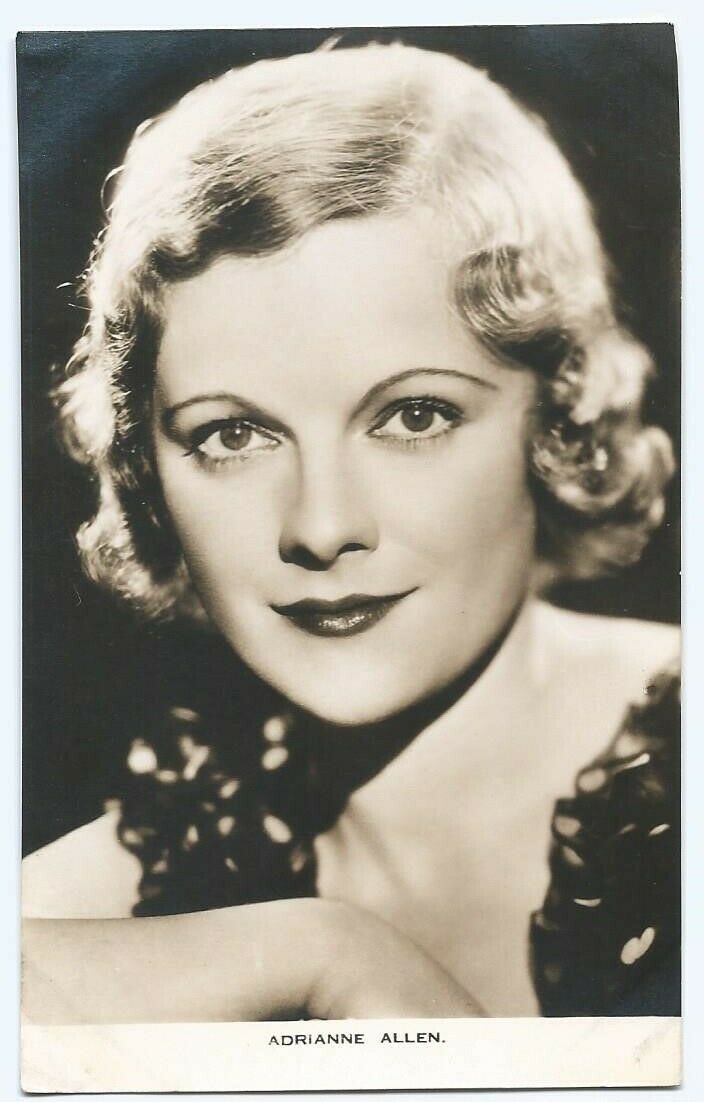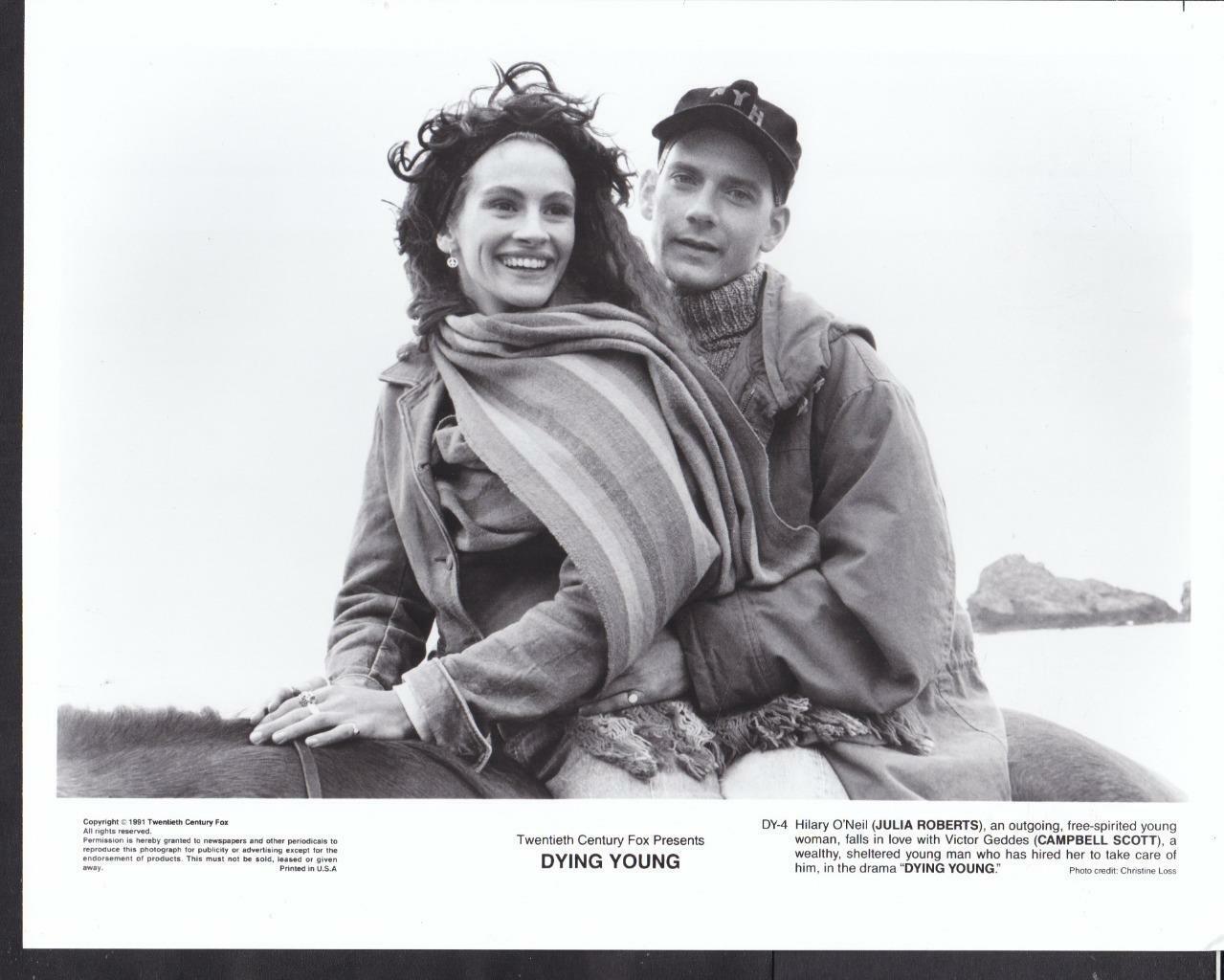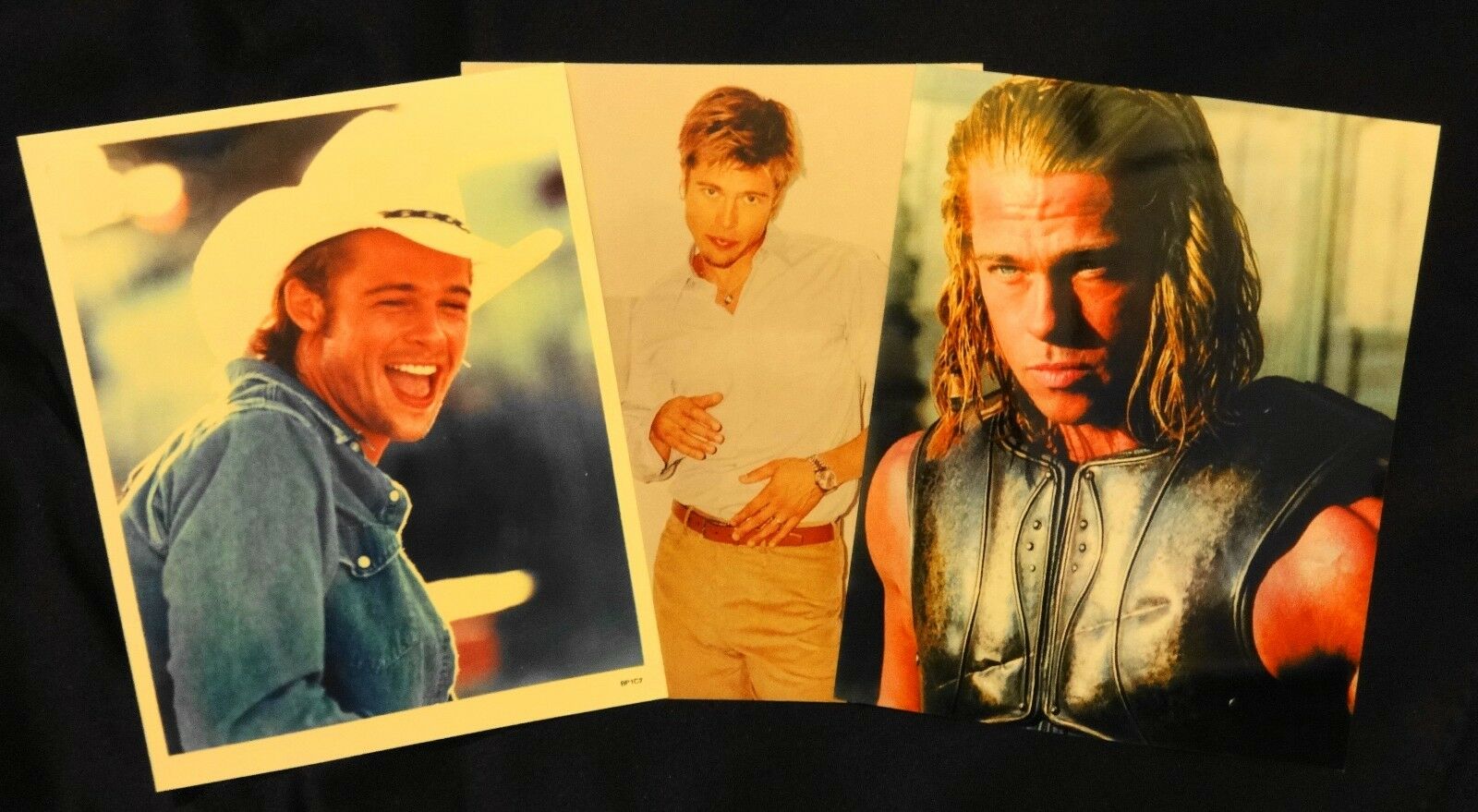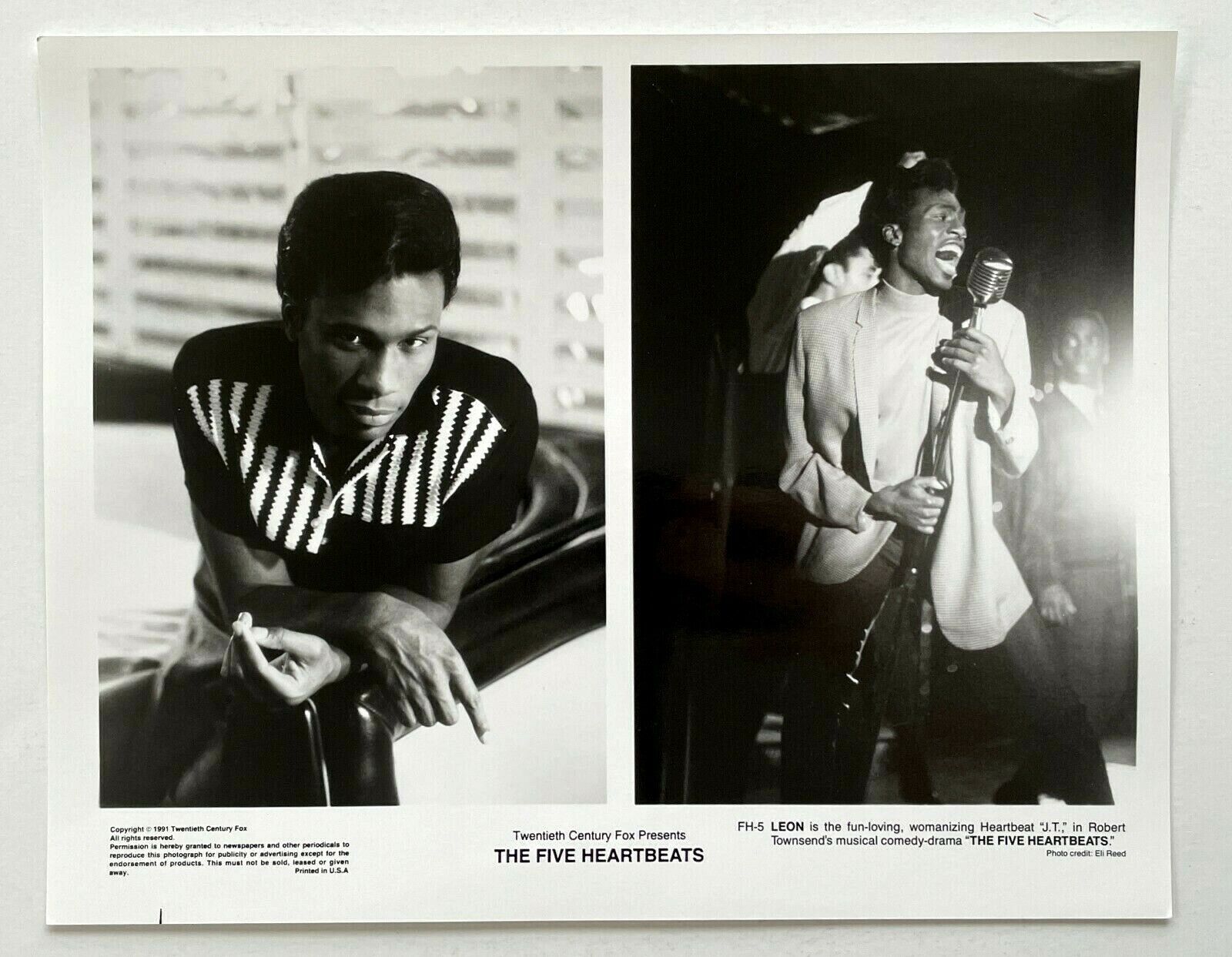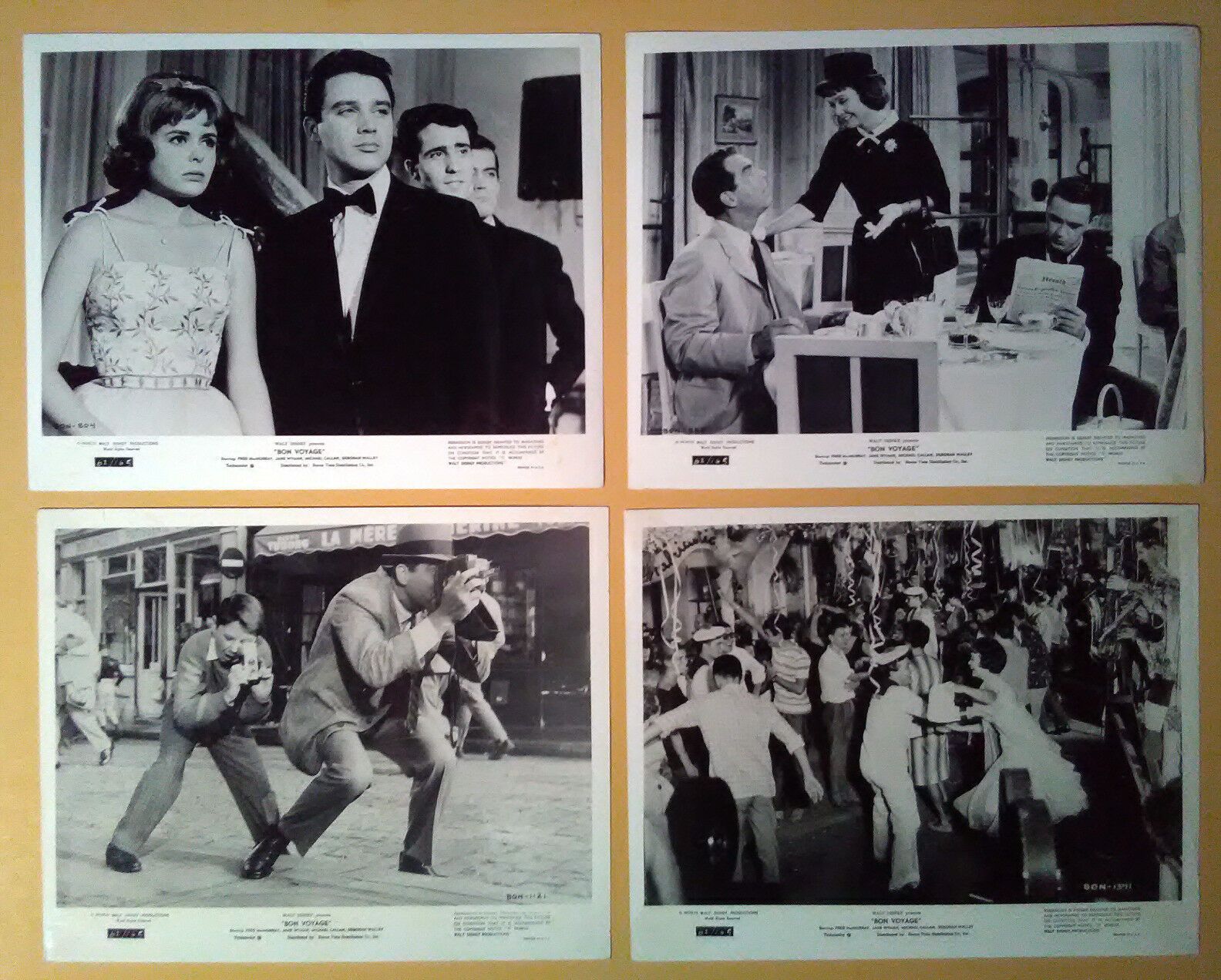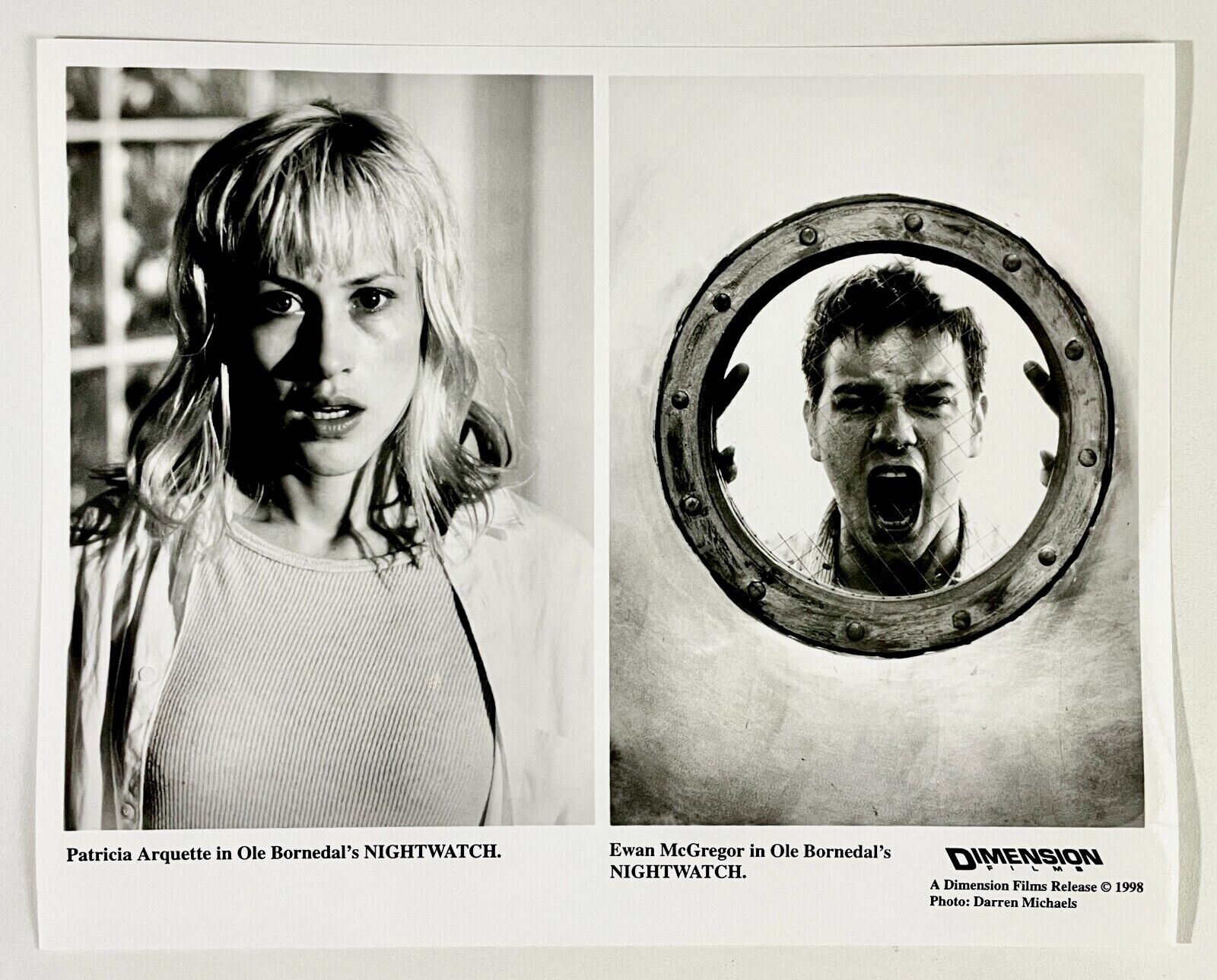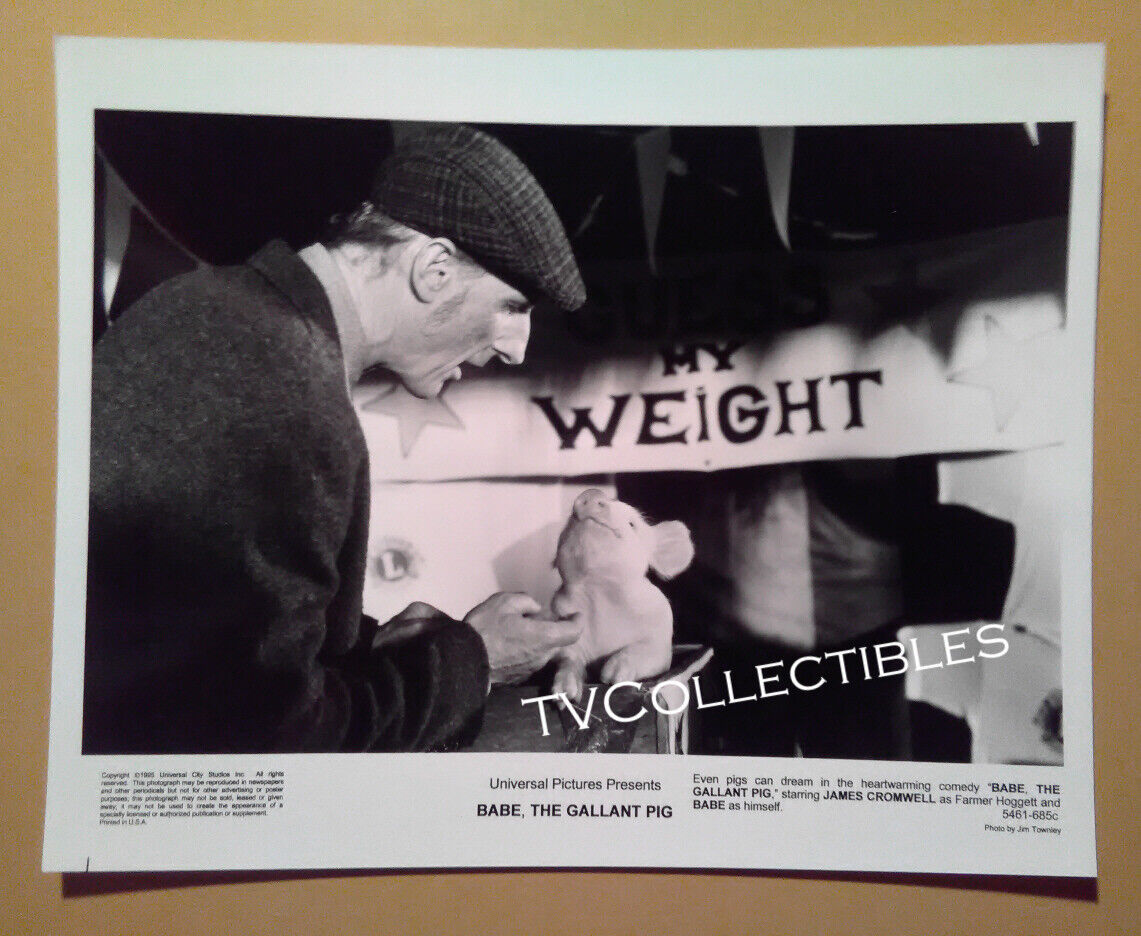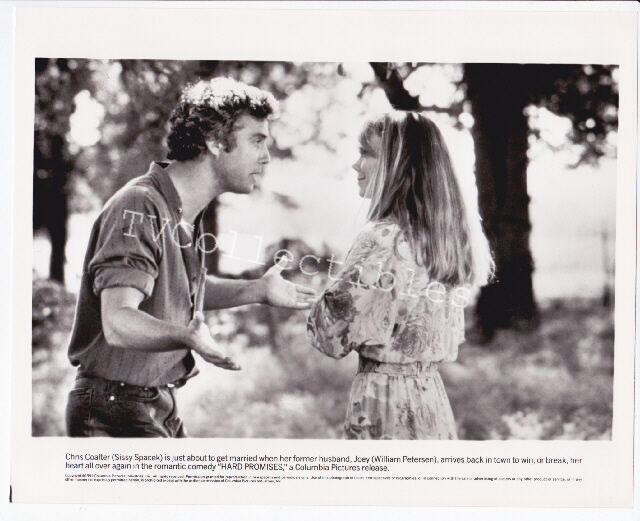-40%
Lot of 3, Robert De Niro, Billy Crystal MINT stills ANALYZE THIS (1999) L Kudrow
$ 4.74
- Description
- Size Guide
Description
(They ALL look MUCH better than these pictures above. The circle with the words, “scanned for eBay, Larry41” does not appear on the actual photograph. I just placed them on this listing to protect this high quality image from being bootlegged.)Lot of 3, Robert De Niro, Billy Crystal MINT stills ANALYZE THIS (1999) Lisa Kudrow – GET SIGNED!
This lot of approximately 8X10 photos will sell as a group. The first picture is just one of the group, please open and look at each still in this lot to measure the high value of all of them together. The circle with the words, “scanned for eBay, Larry41” does not appear on the actual photographs. I just placed them on this listing to protect these high quality images from being bootlegged. They would look great framed on display in your home theater or to add to your portfolio or scrapbook! Some dealers by my lots to break up and sell separately at classic film conventions at much higher prices than my low minimum. A worthy investment for gift giving too!
PLEASE BE PATIENT WHILE ALL PICTURES LOAD
After checking out this item please look at my other unique silent motion picture memorabilia and Hollywood film collectibles! COMBINE SHIPPING COST AND SAVE $
See a gallery of pictures of my other auctions
HERE!
These photographs are original photo chemical created pictures (vintage, from original Hollywood studio release) and not a copies or reproductions.
DESCRIPTION:
In the same year that a hit cable television series, The Sopranos, successfully mined the same premise, this comedy about a mobster seeking advice from a psychiatrist was a box office winner for director Harold Ramis. Billy Crystal stars as Dr. Ben Sobel, a New York shrink who's becoming a little bored with his upscale but neurotic clientele. Into Sobel's practice comes a guy with legitimate problems, Mafia kingpin Paul Viti (Robert DeNiro), a godfather who is being reduced to tears and panic attacks by stress and his guilt over his beloved father's assassination. Intimidated but also fascinated by Viti, Dr. Sobel becomes frustrated when his mob boss patient becomes a full-time occupation, as Viti summons the psychiatrist for his professional help at all hours and in all places, even including the doctor's Florida wedding to TV reporter Laura MacNamara (Lisa Kudrow). In the meantime, a power struggle is brewing with Viti's long-time rival Primo Sidone (Chazz Palminteri), but Viti begins employing the feel-good self-help jargon and techniques he's learned from Dr. Sobel to keep his enemy off balance. Just as the therapist and his powerful patient are making breakthroughs, the FBI attempts to persuade Sobel that Viti is going to have him murdered, leading to a nearly lethal misunderstanding.
CONDITION:
These quality vintage and original release stills are all in MINT, uncirculated condition (near perfect, yes old… but looks new). I doubt there are better condition stills on this title anywhere! Finally, they are not digital or repros. (They came from the studio to the theater during the year of release and then went into storage where the collector I bought them from kept them for over 14 years!) They are worth each but since I have recently acquired two huge collections from life long movie buffs who collected for decades… I need to offer these choice items for sale on a first come, first service basis to the highest bidder.
SHIPPING:
Domestic shipping would be FIRST CLASS and well packed in plastic, with several layers of cardboard support/protection and delivery tracking. International shipping depends on the location, and the package would weigh close to three quarters of a pound with even more extra ridge packing.
PAYMENTS:
Please pay PayPal! All of my items are unconditionally guaranteed. E-mail me with any questions you may have. This is Larry41, wishing you great movie memories and good luck…
BACKGROUND:
Analyze This (1999) had the potential misfortune of hitting the screens shortly after HBO's new series The Sopranos began to explore the pregnant story possibilities in sending a mobster to see a psychiatrist, but the inspired comic pairing of Robert De Niro and Billy Crystal gave the film its own life. Under comedy veteran Harold Ramis's direction, the reluctant engagement of New York psychiatrist Crystal by Noo Yawk mafioso De Niro becomes at once a giddy culture clash between stereotypes and a chance for De Niro to strut his comedic stuff. Sending up his considerable history of screen mobsters and psychos, De Niro moves from emotionally anguished to therapeutically chastened to professionally menacing, all with razor-sharp timing. Crystal's restrained yet terrified responses and nightmares about The Godfather make him the ideal straight man for De Niro and another sign of what the media images of the Mob have wrought. Although Ramis keeps it all moving crisply, a subplot involving Chazz Palminteri and the obligatory final turn towards sentiment dilute the clever set-up. The hilarious first half, however, fostered enough good will with critics and audiences to turn Analyze This into a welcome hit for Crystal, De Niro and Ramis.
Considered one of the best actors of his generation, Robert De Niro built a durable star career out of his formidable ability to disappear into a character. The son of artists, De Niro was raised in New York's Greenwich Village. The young man made his stage debut at age 10, playing the Cowardly Lion in his school's production of The Wizard of Oz. Along with finding relief from shyness through performing, De Niro was also entranced by the movies, and he quit high school at age 16 to pursue acting. Studying under Stella Adler and Lee Strasberg, De Niro learned how to immerse himself in a character emotionally and physically. After laboring in off-off-Broadway productions in the early '60s, De Niro was cast alongside fellow novice Jill Clayburgh in film-school graduate Brian De Palma's The Wedding Party (1969). He followed this with small movies like Greetings, Hi, Mom!, Sam's Song, and Bloody Mama. De Niro's professional life took an auspicious turn, however, when he was re-introduced to former Little Italy acquaintance Martin Scorsese at a party in 1972. Sharing a love of movies as well as their neighborhood background, De Niro and Scorsese hit it off. De Niro was immediately interested when Scorsese asked him about appearing in his new film, Mean Streets, conceived as a grittier, more authentic portrait of the Mafia than The Godfather. De Niro's appearance in the film made waves with critics, as did his completely different performance as a dying simple-minded catcher in the quiet baseball drama Bang the Drum Slowly (1973). Francis Ford Coppola was impressed enough by Mean Streets to cast De Niro as the young Vito Corleone in the early 1900s portion of The Godfather Part II. Closely studying Brando's Oscar-winning performance as Don Corleone in The Godfather, and perfecting his accent for speaking his lines in subtitled Sicilian, De Niro was so effective as the lethally ambitious and lovingly paternal Corleone that he took home a Best Supporting Actor Oscar for the role. De Niro next headed to Europe to star in Bernardo Bertolucci's opus, 1900 (1976) before returning to the U.S. to collaborate with Scorsese on the far leaner (and meaner) production, Taxi Driver. After working for two weeks as a Manhattan cabbie and losing weight, De Niro transformed himself into disturbed "God's lonely man" Travis Bickle. One of the definitive films of the decade, Taxi Driver earned the Cannes Film Festival's top prize and several Oscar nominations, including Best Picture and De Niro's first nod for Best Actor. Controversy erupted about the film's violence, however, when would-be presidential assassin John W. Hinckley cited Taxi Driver as a formative influence in 1981. De Niro and Scorsese would reteam for the lavish musical New York, New York (1977), and though the film was a complete flop, De Niro quickly recovered with another risky and ambitious project, Michael Cimino's The Deer Hunter (1978). One of the first wave of Vietnam movies, The Deer Hunter starred De Niro as one of three Pennsylvania steel-town friends thrown into the war's inferno who emerged as profoundly changed men. Though the film provoked an uproar over its portrayal of Viet Cong violence as (literally) Russian roulette, The Deer Hunter won several Oscars. Returning to the realm of more personal violence, De Niro followed The Deer Hunter with his and Scorsese's masterpiece, Raging Bull, a tragic portrait of boxer [%Ray La Motta]. Along with his notorious 60-pound weight gain that rendered him unrecognizable as the middle-aged Jake, De Niro also trained so intensely for the outstanding fight scenes that La Motta himself stated that De Niro could have boxed professionally. Along with his physical dedication, De Niro won over critics with his ability to humanize La Motta without softening him. Raging Bull received eight Oscar nominations, including Best Picture. Though he was well suited to star in Sergio Leone's epic homage to gangster films, Once Upon a Time in America (1984), Leone's tough, transcendent vision couldn't survive the studio's decision to hack 88 minutes out of the American release version. De Niro next took a breather from films to return to the stage, playing a drug dealer in the New York Public Theater production Cuba and His Teddy Bear. During his theater stint, De Palma made De Niro a movie offer he couldn't refuse when he asked him to play a small role in his film version of The Untouchables (1987). As the rotund, charismatic, bat-wielding Al Capone, De Niro was a memorable adversary for Kevin Costner's upstanding Elliot Ness, and The Untouchables became De Niro's first hit in almost a decade. De Niro followed The Untouchables with his first comedy success, Midnight Run (1988), costarring as a bounty hunter opposite Charles Grodin's bail-jumping accountant. Though he earned an Oscar nomination for his touching performance as a patient in Penny Marshall's popular drama Awakenings (1990), movie fans were perhaps more thrilled by De Niro's return to the Scorsese fold, playing cruelly duplicitous Irish mobster Jimmy "The Gent" opposite Ray Liotta's turncoat Henry Hill in the critically lauded Mafia film Goodfellas (1990). De Niro worked with Scorsese again in the thriller remake Cape Fear (1991), sporting a hillbilly accent and pumped-up physique. It was Scorsese and De Niro's biggest hit together and earned another Oscar nod for the star. De Niro subsequently costarred as a geeky cop in the Scorsese-produced Mad Dog and Glory (1993). De Niro also revealed that he had learned a great deal from his work with Scorsese with his own directorial debut, A Bronx Tale (1993). A well-observed story of a boy torn between his father and the local mob, A Bronx Tale earned praise, but De Niro was soon back to working with Scorsese, starring as Vegas kingpin Sam Rothstein in Casino (1995) -- based on the story of real-life handicapper Frank "Lefty" Rosenthal -- staged with Scorsese's customary visual brilliance and pairing De Niro with his Raging Bull brother and Goodfellas associate Joe Pesci. Appearing in as many as three films a year after 1990, De Niro was particularly praised for his polished reserve in Michael Mann's glossy policer Heat (1995), which offered the rare spectacle of De Niro and Pacino sharing the screen, if only in two scenes. After indifferently received turns in The Fan (1996), Sleepers (1996), and Cop Land (1997), De Niro stepped outside his comfort zone to play an amoral political strategist in Barry Levinson's sharp satire Wag the Dog (1997) and a dangerously dimwitted crook in Quentin Tarantino's laid-back crime story Jackie Brown (1997). De Niro was front and center -- and knee deep in self-parody -- in the comedy Analyze This (1999), aided and abetted by a nicely low-key Billy Crystal as his reluctant psychiatrist. De Niro would continue to lampoon his own tough-guy image in the sequel Analyze That, as well as the popular Meet the Parents franchise. As the decade wore on, De Niro took on roles that failed to live up to his acclaimed earlier work, such as with lukewarm thrillers like The Score, Godsend, Righteous Kill, and Hide and Seek. However, De Niro continued to work on his ambitious and long-planned next foray behind the camera, the acclaimed CIA drama The Good Shepherd. He continued to work steadily in a variety of projects including Stardust, What Just Happened, and Everybody's Fine. He became a Kennedy Center honoree in 2009. He reteamed with Ben Stiller for Little Fockers in 2010, and played a corrupt politician in Machete that same year. In 2011 he appeared opposite Bradley Cooper in the thriller Limitless, which seemingly laid the groundwork for their reteaming as father and son in the 2012 comedy Silver Linings Playbook. For his work in that movie, De Niro earned an Oscar nomination for Best Supporting Actor.
The son of a jazz concert producer, Billy Crystal grew up in the company of such music legends as Billie Holiday, Pee Wee Russell, and Eddy Condon. His mind made up by age five, Crystal knew he wanted to become a performer -- not in music but in baseball or comedy. As he later explained to TV Guide, he chose comedy "because God made me short" -- though from all reports he is one of the best ball players in show business. Learning how to make people laugh by studying the works of past masters Laurel and Hardy, Ernie Kovacs, and Jonathan Winters, Crystal began making the club rounds at 16. He was sidetracked briefly by New York University's film school, where he studied to be a director under Martin Scorsese, but upon graduation it was back to comedy when Crystal formed his own troupe, 3's Company. On his own, he developed into an "observational" comic, humor based on his own experiences and the collective experiences of his audience. He came to media attention via his impression of Howard Cosell interviewing Muhammad Ali. After doing time as an opening act for such musicians as Barry Manilow, Crystal struck out for Hollywood, in hopes of finding regular work on a TV series. In 1977, he was hired to play the gay character Jodie Dallas on Soap. Though many people expected the performer to be typecast in this sort of part, he transcended the "sissy" stereotype, making the character so three-dimensional that audiences and potential employers were fully aware that there was more to Crystal's talent than what they saw in Jodie. Thanks to Soap, Crystal became and remained a headliner and, in 1978, had his first crack at movie stardom as a pregnant man in Rabbit Test. The movie was unsuccessful, but Crystal's star had not been eclipsed by the experience; he was even entrusted with a dramatic role in the 1980 TV movie Enola Gay. His career accelerating with comedy records, choice club dates, regular appearances on Saturday Night Live, and TV guest shots, Crystal had a more successful stab at the movies in such films as This is Spinal Tap (1984), The Princess Bride (1987), Throw Momma From the Train (1987), and When Harry Met Sally (1989). Riding high after a memorable emceeing stint at the Oscar ceremony, Crystal executive produced and starred in his most successful film project to date, an uproarious middle-age-angst comedy called City Slickers (1991). In 1992, he mounted his most ambitious film endeavor, Mr. Saturday Night, the bittersweet chronicle of a self-destructive comedian. The film had great potential (as indicated by the outtakes contained in its video cassette version), but the end result died at the box office. That same year, Crystal again hosted the Oscar awards, and in 1994 he repeated his earlier success with the popular sequel City Slickers 2: The Legend of Curly's Gold. Crystal added to his directing credits the following year with the romantic comedy Forget Paris. Unfortunately, the film -- which he also produced, wrote, and starred in -- was something of a flop. He subsequently focused his energies on acting, turning up in Hamlet (1996) and Deconstructing Harry (1997). In 1998 he had another producing stint with My Giant, a comedy he also starred in; like his previous producing effort, that film also proved fairly unsuccessful. However, Crystal bounced back in 1999, executive producing and starring in Analyze This. A comedy about a mob boss, Robert De Niro, seeking therapy from a psychiatrist (Crystal), it won a number of positive reviews, convincing many that the performer was back in his element. Back in the director's chair in 2001, Crystal helmed the made-for-HBO 61*. Detailing the 1961 home-run race between Roger Maris and Mickey Mantle, 61* struck a chord with baseball sentimentalists and critics alike. Scripting and starring in America's Sweethearts the same year, Crystal also began to cultivate a voice acting career that would prove extremely successful, providing the voices for characters in Monsters, Inc., Howl's Moving Castle and Cars. As the 2010's continued to unfold, Crystal would find himself increasingly able to take the reigns on both sides of the camera, flexing his muscles as a producer and writer as well as actor, such as with the 2012 comedy Parental Guidance.
Lisa Kudrow first made her name playing Phoebe, the ditzy, New Age member of the titular close-knit pals on NBC's highly successful sitcom Friends. Since then, she has bridged the gap between television and film with undeniable success, winning particular acclaim for her role as an uptight school teacher in Don Roos' The Opposite of Sex (1998). Born in Encino, California on July 30, 1963, Kudrow earned a degree in biology from Vassar College before beginning her acting career. After college, she joined the Los Angeles improvisational group, The Groundlings, at the urging of family friend Jon Lovitz. Improv paved the way for more work, and Kudrow was soon appearing in bit roles in a number of films. Her first real break didn't come until 1993, when she began appearing on the TV sitcom Mad About You as Ursula, the waitress from hell. Real fame came in 1994, when the actress was cast as Phoebe on Friends; the enormous success of the show gave her both wide recognition and a steady day job. Kudrow's first leading role on the big screen was as one of the titular heroines (alongside Mira Sorvino) of the 1997 comedy Romy and Michele's High School Reunion; unfortunately, her character was little more than a film version of Phoebe. Fortunately, Kudrow got to widen her range a little further that same year with a starring role in the independent drama Clockwatchers, portraying a struggling actress alongside the likes of Toni Collette and Parker Posey. The following year, Kudrow won raves and critical respect for her turn in The Opposite of Sex, a scathing black comedy in which she gave a comic and poignant performance as an embittered woman coping with the death of her brother, the presence of her best friend's malicious little sister (Christina Ricci), and the romantic attentions of Lyle Lovett. The acclaim she received for her portrayal was complemented the same year with an Emmy Award for her work on Friends. In 1999, Kudrow shared the screen with Robert DeNiro in the comedy Analyze This, and later that year she starred with Diane Keaton and Meg Ryan as three sisters dealing with the imminent death of their irritating father (Walter Matthau) in the comedy Hanging Up, directed by Keaton and written by Nora Ephron and Delia Ephron. As the new millenium unfolded, Kudrow would prove to be a strong force on screen, appearing in a number of acclaimed films, like Wonderland, Happy Endings, The Other Woman, Easy A, and in the comedy series Web Therapy.



